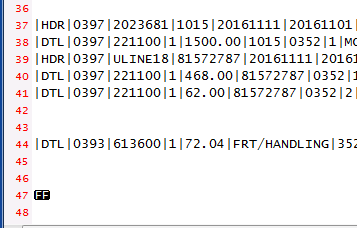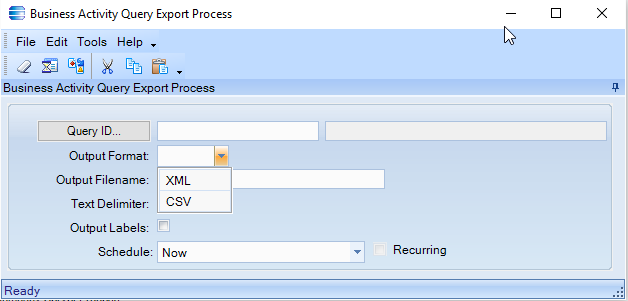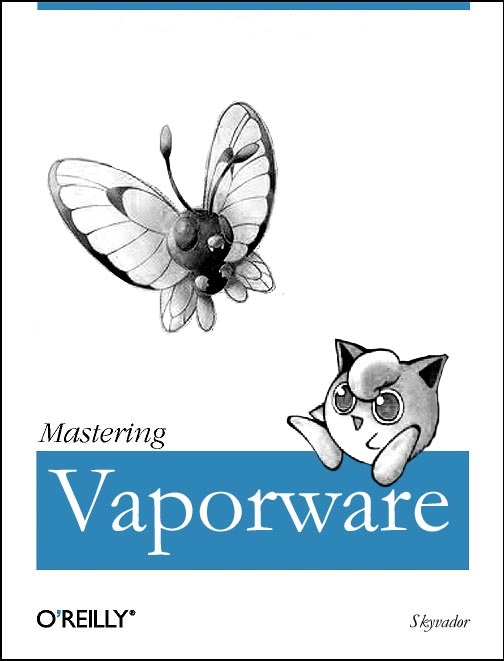The report is formatted for uploading to another system.
But the format requires some things that can only be done with a report processor (Like CR or SSRS). Or at least not very easily done in a BAQ.
The output is of AR Invoice info. But instead of being just rows of data (like a BAQ Export would make), there are “groups”.
"H","0397","170802",88689.32,9
"I","99917","39759129","170731","R",17.52,"CASH392","GUAM","2170713","C","EBAY","170731","170731"
"D","J","400","BP",1,17.52
"I","86952","39759132","170731","R",3200.00,"0001530","WV","2170687","C","4500388675","170731","170731"
"D","J","426","BP",1,3200.00
"I","86926","39759133","170731","R",3403.70,"0006907","OH","2170625","C","GPL-00022","170731","170731"
"D","J","403","BF",1,1900.00
"D","G","2381","00",1,109.25,"ST"
"D","G","2381","00",1,19.00,"ST"
"D","J","400","BP",1,1060.00
"D","G","2381","00",1,60.95,"ST"
Some complex conditions exist to determine if a “D” line is type “J” or type “G” (as required by the system it is uploaded to).






